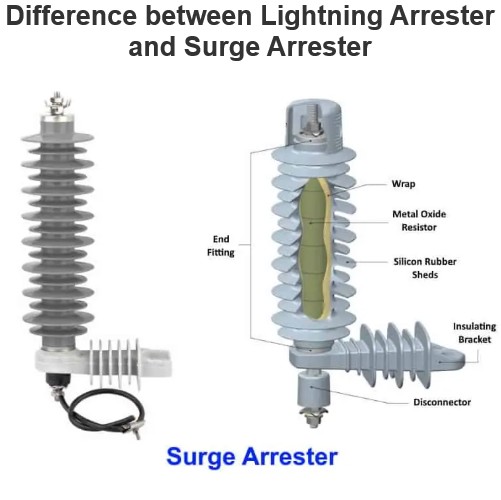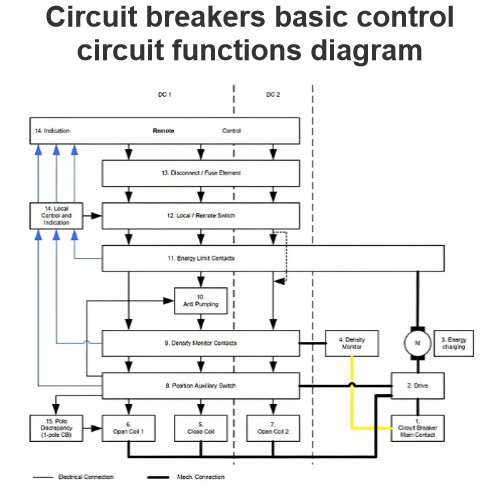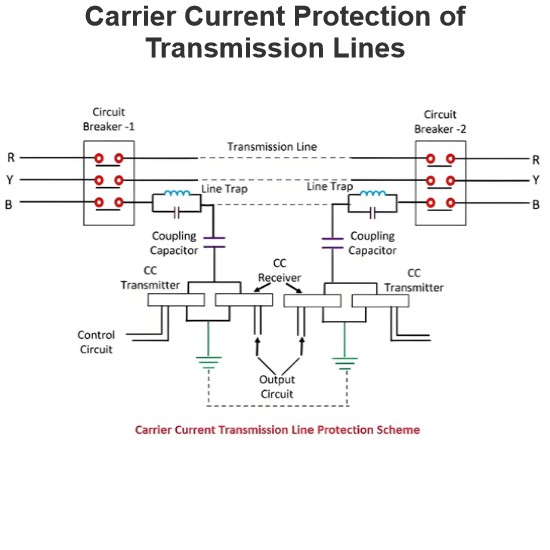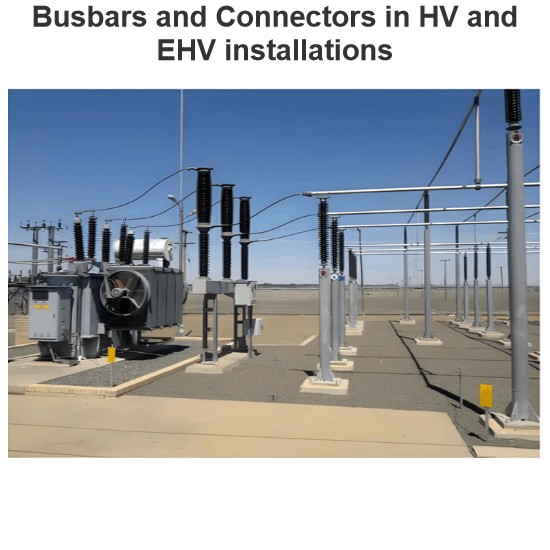The difference between TT and TN grounding
In electrical power systems, earthing (grounding) is a critical measure to ensure the safety of electrical equipment and personnel. Depending on how the neutral point of the power source and the exposed conductive parts (such as metal enclosures) of electrical equipment are connected to the ground, power systems can be classified into various types. The two most common types are TN systems and TT systems. The primary differences between these systems lie in how the neutral point of the power source is grounded and how the exposed conductive parts of the equipment are connected to the earth.
1. TN System
Definition: In a TN system, the neutral point of the power source is directly grounded, and the exposed conductive parts of the electrical equipment are connected to the power source's grounding system via a protective conductor (PE line). The "T" in TN stands for the direct grounding of the power source's neutral point, while the "N" indicates that the exposed conductive parts of the equipment are connected to the power source's grounding system through a protective conductor.
1.1 TN-C System
Characteristics: In a TN-C system, the neutral conductor (N line) and the protective conductor (PE line) are combined into a single conductor called the PEN line. The PEN line serves both as the return path for working currents and as the protective earth.
Advantages:
Simple structure and lower cost.
Suitable for small distribution systems or temporary power applications.
Disadvantages:
If the PEN line breaks, all equipment loses its grounding protection, posing a safety hazard.
Voltage fluctuations can occur due to the shared use of the PEN line for both working currents and grounding currents, affecting equipment performance.
1.2 TN-S System
Characteristics: In a TN-S system, the neutral conductor (N line) and the protective conductor (PE line) are completely separate. The N line is used only for the return path of working currents, while the PE line is dedicated to grounding protection.
Advantages:
High safety: Even if the N line breaks, the PE line remains intact, ensuring continuous protection for the equipment.
Better voltage stability: Since the N line and PE line are separated, there is no interference from working currents on the PE line.
Suitable for industrial, commercial, and residential buildings with larger-scale distribution systems.
Disadvantages:
Higher cost compared to TN-C systems due to the need for an additional PE line.
1.3 TN-C-S System
Characteristics: A TN-C-S system is a hybrid system where part of the system uses a TN-C configuration, and another part uses a TN-S configuration. Typically, the power source side uses a TN-C system, and at the user end, the PEN line is split into separate N and PE lines.
Advantages:
Lower cost compared to a full TN-S system, suitable for medium-sized distribution systems.
At the user end, the separation of N and PE lines improves safety.
Disadvantages:
If the PEN line breaks before the separation point, it can still affect the safety of the entire system.
2. TT System
Definition: In a TT system, the neutral point of the power source is directly grounded, and the exposed conductive parts of the electrical equipment are connected to the earth through independent grounding electrodes. The two "T"s in TT stand for the direct grounding of the power source's neutral point and the independent grounding of the equipment's exposed conductive parts.
2.1 Characteristics
Power Source Grounding: The neutral point of the power source is directly grounded, establishing a reference potential.
Equipment Grounding: Each piece of electrical equipment has its own independent grounding electrode connected directly to the earth, rather than being connected to the power source's grounding system via a protective conductor.
Protection Mechanism: When a device experiences a leakage current, the current flows through the device's grounding electrode into the earth, creating a short-circuit current that triggers the circuit breaker or fuse to disconnect the power, protecting the equipment and personnel.
2.2 Advantages
High Independence: Each device has its own independent grounding, so if one device's grounding fails, the grounding of other devices remains effective.
Suitable for Decentralized Power Supply: The TT system is particularly suitable for rural areas, farms, temporary buildings, and other decentralized power supply scenarios where equipment is widely distributed and it is difficult to implement a unified grounding network.
Good Fault Isolation: When one device fails, the grounding systems of other devices are not affected, limiting the scope of the fault.
2.3 Disadvantages
High Ground Resistance Requirements: To ensure that residual current devices (RCDs or RCCBs) operate reliably, the grounding resistance of each device must be very low (typically less than 10Ω), which increases installation complexity and cost.
Voltage Fluctuations: Since each device has an independent grounding, if multiple devices experience leakage currents simultaneously, the grounding potential may rise, affecting the operation of other devices.
Higher Requirements for RCDs: The TT system typically requires high-sensitivity residual current devices (RCDs or RCCBs) to ensure rapid disconnection of power during a leakage event.
3. Comparison Between TN and TT Systems
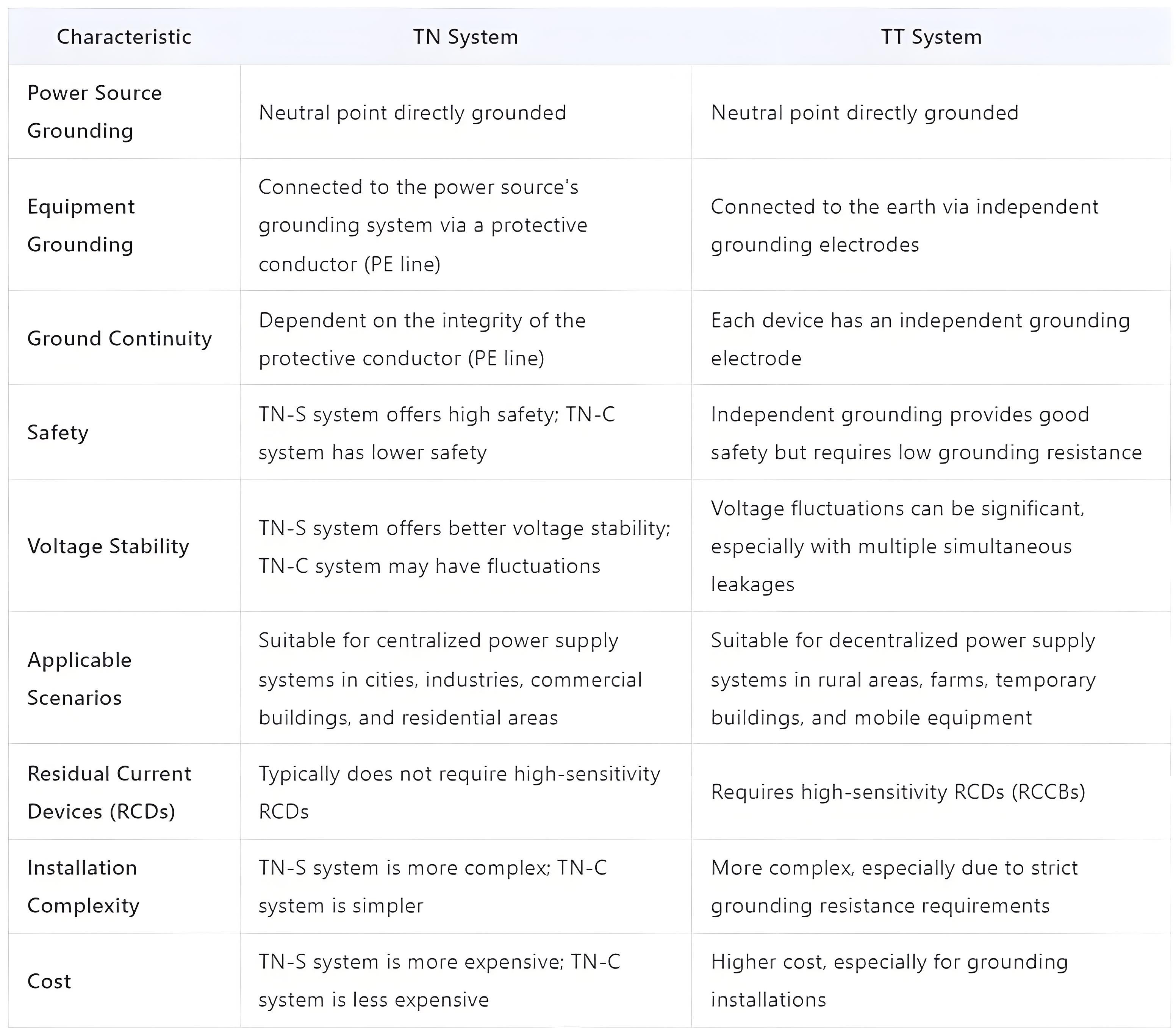
4. Choosing Between TN and TT Systems
The choice between a TN system and a TT system depends on the specific application, safety requirements, installation conditions, and cost considerations:
TN System: Suitable for centralized power supply systems such as urban grids, industrial plants, commercial buildings, and residential areas. The TN-S system, in particular, is widely used in modern buildings due to its excellent safety and voltage stability.
TT System: Suitable for decentralized power supply systems such as rural areas, farms, temporary buildings, and mobile equipment. The independent grounding feature of the TT system makes it ideal for scenarios where a unified grounding network is difficult to implement, but it requires careful attention to grounding resistance and residual current devices.
Conclusion
Both TN and TT systems have their advantages and disadvantages. The choice of earthing system should be based on the specific application, safety requirements, installation conditions, and cost factors. TN systems are generally preferred for centralized power supply systems, offering better safety and voltage stability, while TT systems are suitable for decentralized power supply systems, providing strong independence and fault isolation but requiring higher standards for grounding resistance and residual current protection.
The Electricity Encyclopedia is dedicated to accelerating the dissemination and application of electricity knowledge and adding impetus to the development and innovation of the electricity industry.

